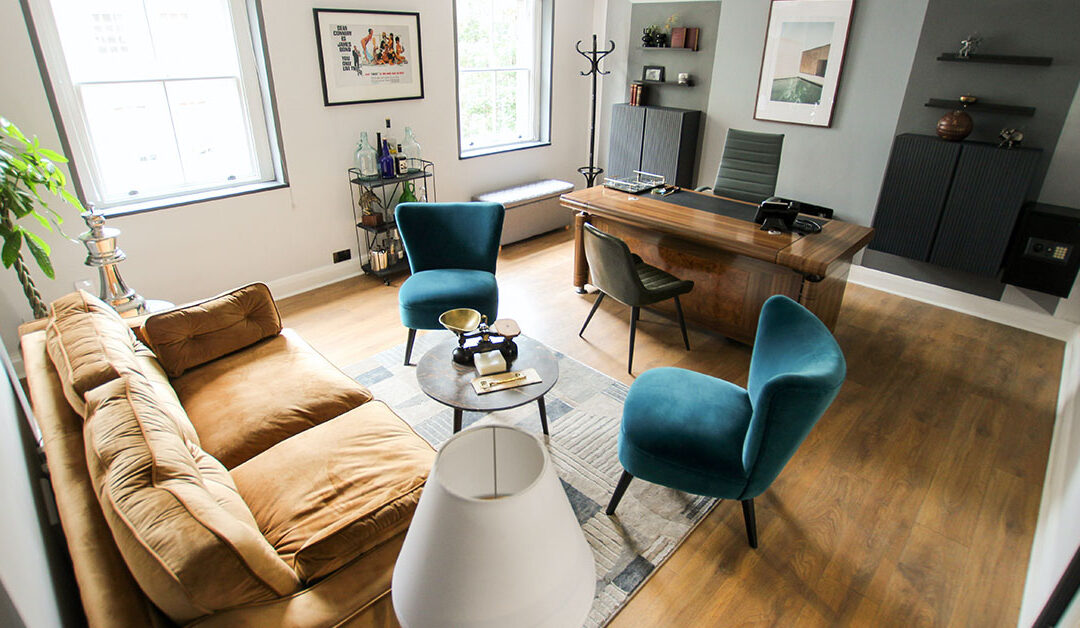More people now than ever are working from their homes. The numbers have risen greatly in the past decade for several reasons. Many professional fields have opted to allow employees to work outside of a traditional work environment, and additionally, more people are running independent businesses.
It’s important for any person working from home not only to practice great self-discipline but that your work area is a suitable environment. The best method for this is converting a spare room into a home office. By focusing upon the four essential areas – the basics, organization, technology, and decoration/comfort – you can create a home office that’s best for you.
The Basics
The three most important aspects in any home office are the desk, the chair, and the lighting. Select a desk model that best fits your particular style and needs; computer or standing desks are the most modern while writing and secretary desks can help add a vintage or old-fashioned feel. The right seating can help prevent further issues with neck and back pain, so it’s vital to select and invest in a comfortable desk chair or armchair, perhaps with adjustable features. Studies have shown that natural light helps with concentration, alertness, productivity, and mood, so if possible, position your desk area near a window. If artificial light is needed, keep it soft and warm (with desk lamps, floor lamps, and overhead lights) instead of fluorescent and harsh in order to prevent squinting/eye strain and headaches.
Organization
When working in a home environment, keeping everything organized and sticking with a regular schedule can be made even more difficult when taking into account already accumulated clutter and stress. Store essential paper documents in a filing cabinet for easy accessibility; shelves/bookcases, folders, and magazine files are also useful solutions for ample storage. Use desk caddies for storing office supplies such as pens, pencils, note pads, paper clips, sticky notes/Post-Its, etc. Hang up a calendar or set aside a day planner for keeping track of dates and deadlines. Set a regular alarm or timer that signals the end of spending time on a specific task or the end of the work day.
Technology
These days, computer access and high-speed WiFi/Internet are vital for any business, and that’s especially true in a home office environment. Purchasing a laptop computer is a better purchase than a traditional desktop because not only is it more affordable and portable, but also requires fewer installations. It may be wise to invest in a multi-function, all-in-one device that can print, scan, fax, and copy documents when needed, saving valuable space and money in purchasing multiple machines. Try using accessories such as keyboard trays, monitor glare guards, and palm/wrist rests in order to help prevent excessive sprain when working for an extended period.
Decoration/Comfort
Just because your office is meant to help you get work done doesn’t mean it can’t also be aesthetically pleasing and comfortable as well. Decorate the walls with artwork or add greenery and plants for visual interest. Hang up a vision board filled with quotes, images, drawings/writings, and photographs of things that motivate, inspire, or make you happy. Diffuse scents using incense or essential oils; that can help reduce stress and stimulate creativity.
Tailor your workplace to fit your specific needs. Do you always get hungry or need caffeine throughout the day? Consider installing a mini fridge filled with healthy snacks or a coffee maker/espresso machine for a quick fix. Need background music in order to be productive? Put in a radio or bookmark streaming station and play it at a moderate volume.

